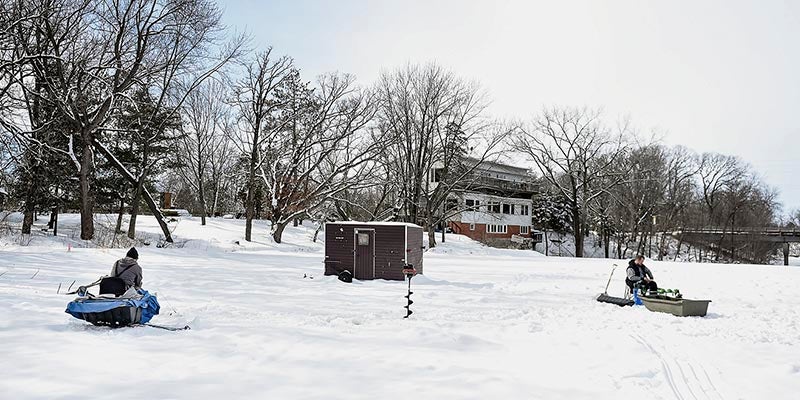USDA announces $1.5 billion investment to help farmers with conservation, climate-smart agriculture
Published 9:27 pm Wednesday, April 3, 2024
|
Getting your Trinity Audio player ready...
|
By Hannah Yang
USDA Secretary Tom Vilsack announced a $1.5 billion investment into the Regional Conservation Partnership Program while visiting Minnesota State University, Mankato’s campus Wednesday.
Vilsack said this level of investment will help farmers, ranchers and forest landowners adopt and expand conservation strategies and to adopt climate-smart ag practices. He added it could also save farmers money, create new revenue streams and increase productivity.
“It is the overall contribution that rural America makes to the country,” Vilsack said. “And, for far too long, that part of the world, a part of the country, has not received its fair share. It’s now receiving its fair share and we’re beginning to see the results of that.”
Project applications are being accepted now through July 2.
The nation-wide program’s funding priorities are climate-smart agriculture, urban agriculture, conservation and environmental justice. It’s part of the Biden administration’s initiative aiming 40 percent of the overall benefits of climate, clean energy and other federal investments toward disadvantaged communities.
Minnesota Ag Commissioner Thom Petersen said these investments in rural communities are critical and support is needed to build the infrastructure to meet those goals.
“I want to look at partnerships,” he said. “These are the same discussions we have at our state: how do we make our farmers’ lives better? How do we make our planet better?”
The investments are made available through the Farm Bill and the Inflation Reduction Act, and allows the USDA’s Natural Resources Conservation Service (NRCS) to boost funding for the RCPP. The NRCS also announced progress to streamline and simplify the RCPP and improve processes and implementation.
“We had unprecedented demand for the Regional Conservation Partnership Program last year, showing the robust interest in conservation from farmers and ranchers,” Vilsack said. “Through the increase in funding from President Biden’s Inflation Reduction Act, we’re able to invest even more this year in this important program, increasing our impact across the landscape. We’re looking forward to seeing what the more streamlined and customer-oriented Regional Conservation Partnership Program can do to get more conservation on the ground in the coming months and years.”
The NRCS will also set aside $100 million for tribal-led projects.
Avian flu updates
During a press conference Vilsak said federal agencies are reassuring communities that the avian flu poses little risk to humans after a person was reportedly infected in Texas through contact with cattle.
Vilsack said vaccine research is underway and the USDA is monitoring the virus while trying to determine the cause of the human infection.
“People need to know we’re working on it, we take it seriously, there’s low risk to people [and] the milk is safe,” he said. “Fortunately, the cows recover after seven to 10 days and are just as productive as they were before they got the virus.”
The USDA is working with state veterinarians and commissioners, and says the virus poses a very low risk to people. They’re also working with affected dairy and poultry industries on biosecurity, and discourages commingling of birds and cattle if farmers have both types of operations.






